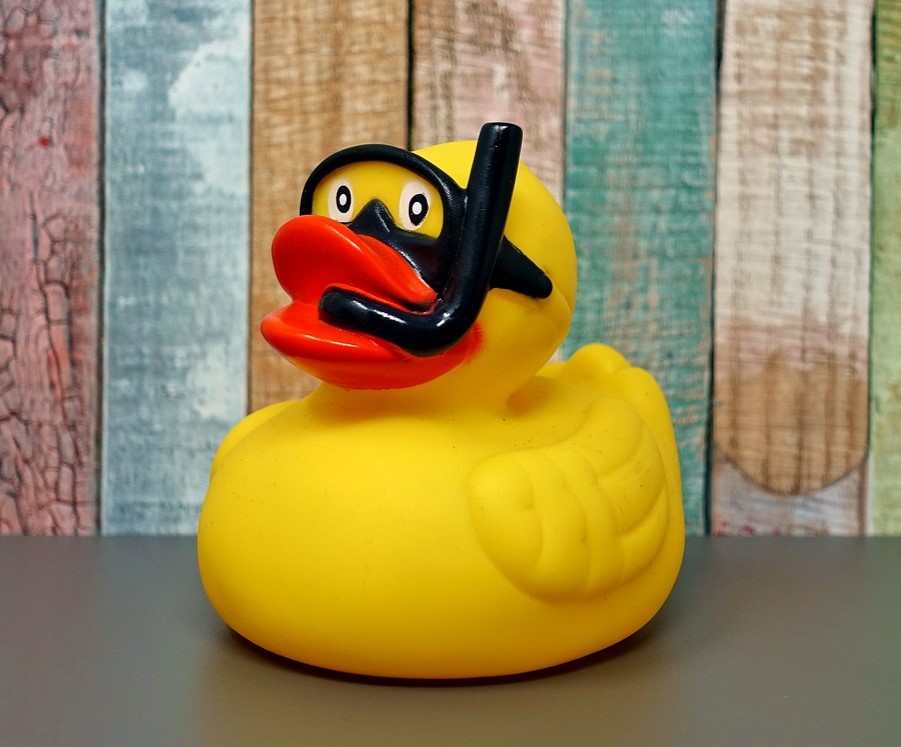
By Erin-Lee Halstad McGuire, Department of Anthropology, University of Victoria, Canada
We are all familiar with Spurgeon’s adage: “begin as you mean to go on.” In this (post)pandemic period, where students are still struggling with feelings of isolation and anxiety, it is more important than ever to help them make connections. The value of icebreakers in teaching is well-studied, with recent scholarship highlighting how they can ease anxiety in student interactions (e.g. Martin & Bolliger, 2018; Zulkifli & Idris, 2021). I believe icebreakers that engage students with a blend physical activity, small group discussion, and a taste of the absurd can be an excellent way to encourage early buy-in to active learning in the classroom.
Typology is one of those tricky topics. Anthropologists understand the value and the problems inherent in the use of typology. One of my course aims is to introduce students to how anthropology has changed and one aspect of this is through critiquing traditional typologies. Long before we reach that point, I use an in-class typology activity to break the ice and highlight the subjective nature of categorization. In what follows, I will describe how I run the activity and suggest some possible variations for different class contexts.
So many ducks!

I have 200 rubber duckies of various sorts. They are relics of a similar exercise in small group tutorials, but as my tutorials were phased out, I altered the activity to take place in the lecture hall.
Why ducks? They are silly and therefore safe. No one is afraid of dropping one and everyone has something to say about them. They come in different sizes and materials, make different sounds, and have fun cultural references built in. Because some are bath toys and others are tea strainers, thermometers, and dice, there is room to talk about function too.
Set-up
As students enter the lecture hall, they are asked to take a duck. There is a notice on screen, boxes of ducks near the doors, and I have more in hand to distribute to those who miss them. Students are told that they need the duck for an activity, more information will follow, and the ducks must be returned at the end.
Jumping in the deep end
I start with a territorial welcome and my usual class introductions, which includes telling students about my use of in-class activities throughout the course. I tell them that we will be doing the first of these later in this session. Explaining how and why course elements may differ from student expectations is an important aspect of fostering engagement (Smith, 2008). Once I have introduced the broad topic of anthropology and its subfields, I discuss two concepts: material culture and typology. The goal of the micro lecture is to provide definitions and brief examples while avoiding detail, as I want students to explore categorizing the ducks in their own ways.

Students are asked to start by reflecting on their own duck, noting its characteristics. Then they form groups of ten and compile all their ducks. Together, they must organise their ducks into a typology, defining significant traits for each type. By asking each student to think about their own duck first, my aim is for everyone to have something to contribute to the discussion. Teams are encouraged to come to a consensus. Finally, students are asked to move around the room to compare their typology with those of their classmates.
The worksheet guides students through the activity elements. It can be completed cooperatively, in class. This continues the discussions, encourages collaboration, reduces the number of submissions, but adds 15-20 minutes to the activity time. The worksheet can also be completed individually, outside of class. This encourages reflection on the activity and ensures every student who participates becomes familiar with the submission process. However, it increases the number of submissions and does not further the collaboration.
Currently, I use a hybrid model with a collaborative worksheet followed by an individual reflection. The individual element uses the final questions from the worksheet in an activity on the course LMS.
Wrapping up and paddling on
I start the following class with a brief small group discussion where students talk about the activity. This is a chance to reconnect with a teammate, talk to someone new, and fill in those who may have missed the session. I give a summary of general observations from the worksheets. For example, I can highlight things like a bias towards visual markers over sound or function. I display student photos of lumping and splitting typologies, which foreshadows upcoming lectures on evolution. We talk about the challenges of objectivity and fuzzy boundaries and making sense of data. The key element is talking and students often have a lot to say about the ducks. In future classes, we refer back to the ducky typologies frequently, whether we are looking a hominid evolution, archaeological seriation, or old-school ideas about socio-political systems.
Resource: Getting Your Ducks In a Row – Activity plan
Getting Your Ducks in a Row is number 1 of 4 resources Erin-Lee Halstad McGuire is sharing as part of their Flipped Classroom practice. This resource series includes an Introduction to the Flipped Classroom Method, an ice breaker activity, a primatology activity, a virtual archaeology activity, and a globalization/sustainability activity.
References
Martin, F. & Bolliger, D.U. (2018). Engagement matters: Student perceptions on the importance of engagement strategies in the online learning environment. Online Learning 22(1), 205- 222. doi:10.24059/olj.v22i1.1092
Smith, G. A. (2008). First-day questions for the learner-centred classroom. The National Teaching & Learning Forum 17(5), 1-4.
Zulkifli, C. N., & Idris, M. P. (2021). An investigation on university students’ perceptions about icebreakers in classrooms. Voice of Academia 17(1), 10-19.
Images:

Leave a Reply
You must be logged in to post a comment.